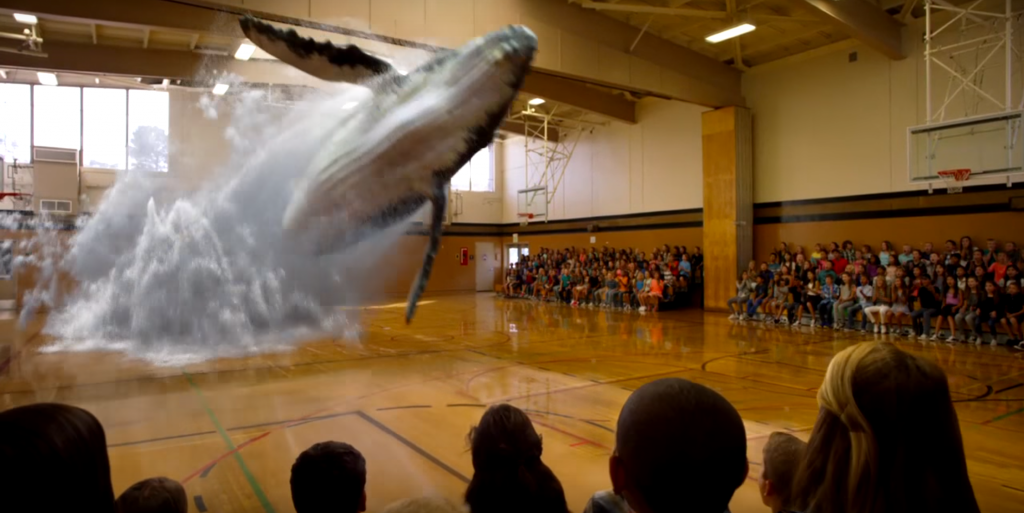The future of virtual reality
SHARE
John Crossley
16 Mar 2016
A world where both the real and the virtual converge into one…
It sounds like something lifted straight from the latest Hollywood blockbuster, but this will in fact be our future in a world enabled by virtual reality (VR).
That’s according to the companies working on the bleeding edge of this new industry, who I had the pleasure of seeing at the Google Campus in Shoreditch on Tuesday night. It was the latest in a series of (future-focused) talks hosted by TechHub.
When it comes to VR, the area that has attracted the most column inches so far is the impact on gaming and entertainment.
Curiscope, an edtech start-up (currently raising on Kickstarter), want to change that conversation.
“If the internet was the democratisation of knowledge, virtual reality is the democratisation of experience,” CEO Ed Barton told the audience.
The start-up laid out its case for VR to be a mechanism that can fundamentally change the world for the better.
Describing VR as the ‘ultimate curiosity machine’, Barton said it could be used to create experiences designed to change our view of the real (non-virtual) world, even on macro issues such as climate change, conflict or poverty.
VR puts the user in direct contact with the content creator’s mind, meaning there’s a massive opportunity to rethink how stories are told.
“We want to encourage intellectual curiosity, [using VR] to think about the world differently.
“This is about the transfer of ideas…it’s a huge leap forward,” said Curiscope.
With that in mind, the application of VR can go far beyond just games and entertainment, with use cases emerging in healthcare, design, and education.
Helping to drive forward adoption is the way content is created for these virtual experiences. We’re even reaching a point where 360-degree filming capture isn’t good enough (it’s all down to physics) – but new innovative ways of filming such as light field capture can allow you to move around live scenes at your own will.
This will take us away from the linear VR experiences you see many brands experimenting with now (shot through a 360-camera), through to full immersive VR.
The future will see the combination of the real world overlaid with the virtual – a hybrid version of VR and augmented reality (AR) – and the lines become increasingly blurred.
How long will this take to become part of everyday life? It’s hard to tell. Huge amounts of investment are being poured into companies like Magic Leap that are striving to make this futuristic vision something we can all experience. Estimates put the market value of VR and AR at $150bn by 2020 – which at least gives you a sense of the huge growth we’ll see in the next few years.
For me the arrival of Sony’s PS4 headset in October, announced this week, will make VR available to a much wider group of people beyond just the hardcore gamers and early adopting creatives.
This greater accessibility will only increase as smartphones become more powerful. In three years, the devices in our pockets could be as powerful as the standalone VR headsets entering the market today.
By ramping up this audience size, the sheer numbers of people using will help spark more ideas and creativity around potential uses for VR. Before long plugging into virtual reality could well become as commonplace as downloading an app.
The future’s bright. The future’s virtual….
Image credit: Magic Leap

